Mobile:+86-311-808-126-83
Email:info@ydcastings.com
Spanish
High-Performance Impeller for Pumps – Durable, Efficient, Reliable
As global industry standards tighten for efficiency, reliability, and lifecycle in fluid transport systems, impeller technology is taking center stage. Understanding cap ends, impeller on pump specifications, evolution in pumpe impeller designs, and innovations in water pump impeller construction is now indispensable for OEMs and engineers worldwide.
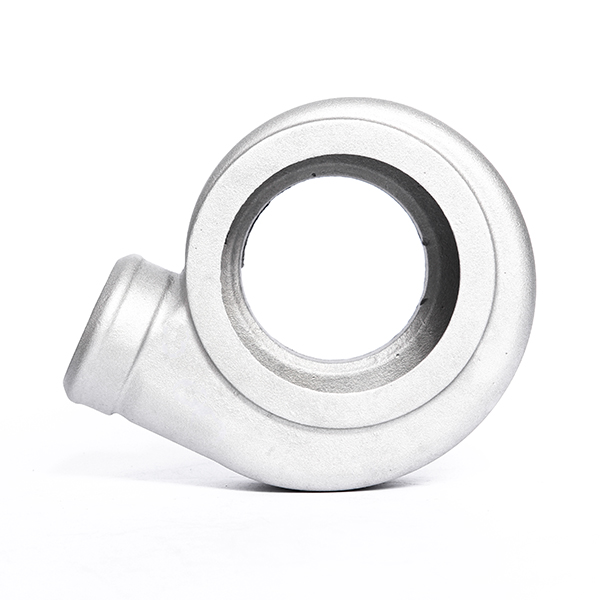
Industry Trends: The Evolution of Impeller Design
The impeller market is expected to reach USD 6.3 billion by 2028 (MRFR report), driven by growing demands in sectors such as petrochemicals, metallurgy, water treatment, and municipal engineering. Emphasis is placed on higher efficiency, corrosion resistance, and extended lifetime—the hallmarks of advanced impeller solutions. This results in intensified R&D efforts towards materials science, hybrid manufacturing (casting, forging, CNC finishing), and flow-optimized geometries.
Key Industry Figures (2024, Source: Global Industry Analysts)
- Global lightweight alloy impellers market share: 29.7%
- Average pump system efficiency improvement with new impeller designs: +11%
- Share of centrifugal pumps using high-precision cap ends: 68%
- Average impeller replacement cycle in aggressive environments: 24-36 months
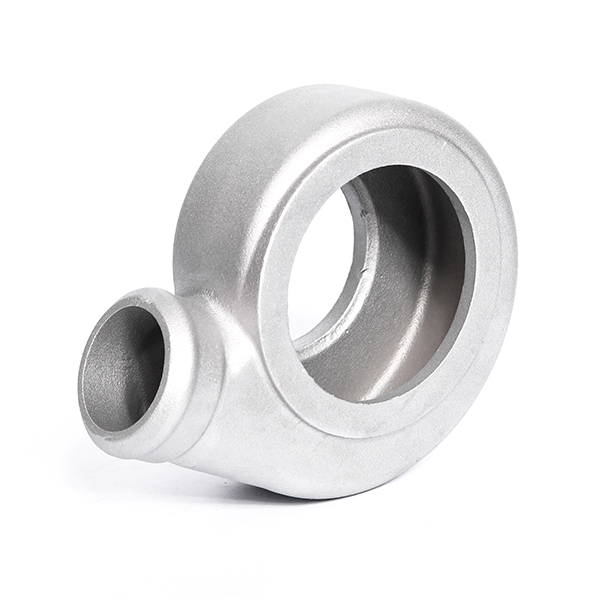
Technical Parameters: Impeller Specification & Performance Comparison
In engineering terms, the impeller is a rotating component that adds kinetic energy to fluids. It’s the heart of any impeller on pump system. The selection of cap ends, blade thickness, vanes, and hub design directly influences energy transfer, NPSH, efficiency, and noise.
| Type | Material | Blade No. | Standard | Max Efficiency | Typical Use |
|---|---|---|---|---|---|
| Open | 316L Stainless Steel | 4–7 | ANSI B73.1 | 75% | Chemical slurry |
| Semi-Open | Duplex Steel | 5–8 | ISO 5199 | 80% | Wastewater |
| Closed | Bronze/CD4MCu | 6–9 | API 610 | 89% | Oil & Gas |
| Vortex | Cast Iron | 3–4 | EN 733 | 63% | Sludge/Slurry |
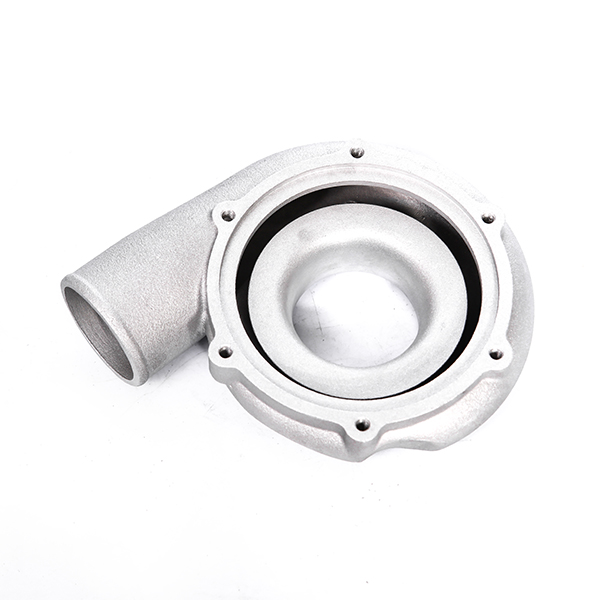
Volute Case: Product Information & Technical Strengths
- Material options: ASTM A744 CF8M, CF3M, WCB, Ductile Iron, Duplex Stainless Steel, Ni-Resist, Customized Alloys
- Manufacturing: Lost foam casting, precision CNC machining, robotic finish, optional powder coating
- Measurement and certification: In-house 3D CMM, hydrostatic pressure tests, RT/UT, ISO 9001:2015 & ANSI compliance
- Service life: 5–12 years (application/medium dependent)
- Applicable industries: Petrochemicals, metallurgy, desalination, mining, water supply, pulp and paper
- Corrosion & erosion resistant design; certified for cyclic operation and high solids content
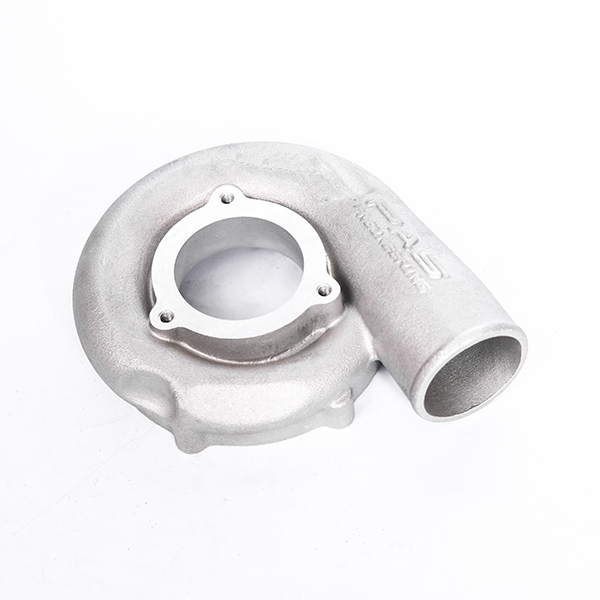
Manufacturing Process of Impeller: Visual Guide
Step-by-Step Impeller Manufacturing Flow
- 1. CAD Design
Geometry confirmed, simulation run for stress, flow, and cavitation. - 2. Pattern Making
Investment cast patterns built with high-performance resins or wax. - 3. Casting
Lost-wax or foam casting with carefully controlled temperature and pour rates. - 4. Rough Machining
Heavy-duty CNC lathes for hub and cap ends preparation. - 5. Finishing/CNC
5-axis CNC machines reach micron-level tolerances. - 6. Inspection
Dimensional check, surface finish verification, X-ray/ultrasound NDT. - 7. Final Assembly & Testing
Hydrostatic, vibration, and runtime tests. Conforms to ISO/ANSI norms.
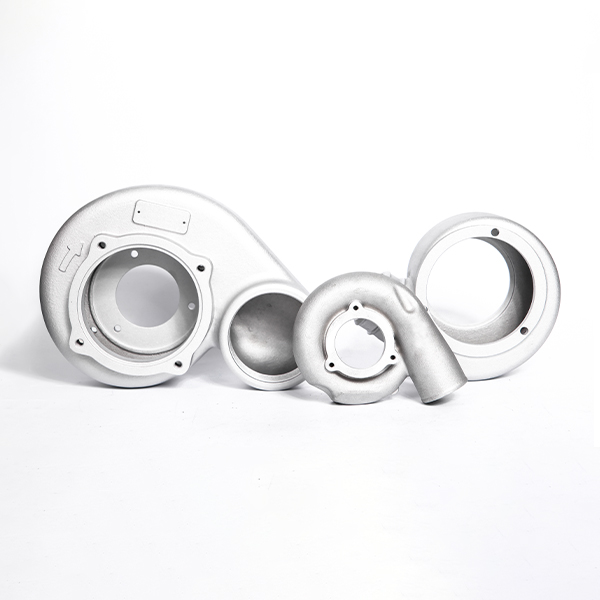
Each impeller undergoes rigorous testing throughout—compliance with ISO 9906 Grade 1 and ANSI/HI standards is ensured to secure global market acceptability.
Product Data Visualization: Volute Case vs. Market
Volute Case Key Technical Indicators
| Material | CF8M, Duplex Steel |
| Max Pressure | 4.0 MPa |
| Diameter Range | 180–780 mm |
| Precision | ±0.015 mm (CNC finish) |
| Minimum Wall | 6 mm |
| Standard Certified | ISO 9001, API 610, ANSI/HI |
Comparative Manufacturer Analysis: EEAT Perspectives
| Company | Country | Certifications | Lead Time | Material Range | Industry Ref/Clients |
|---|---|---|---|---|---|
| Y&D Castings | China | ISO 9001, API 610, CE | 4-6 weeks | SS, Duplex, Bronze, CI, Alloys | Petrochina, Mitsubishi |
| Weir Group | UK | ISO 9001, API 677, ASME | 6-9 weeks | SS, Ni-Resist, Alloy20 | ExxonMobil, Shell |
| Flowserve | USA | ISO 14001, API 610 | 5-7 weeks | SS, Bronze, Duplex | Chevron, Reliance Ind. |
| KSB SE | Germany | DIN EN ISO, CE | 6-8 weeks | SS, Alloy, Hard Iron | BASF, Dow |
Customized Solutions & Application Scenarios
Leading suppliers such as Y&D Castings address customer requirements with custom impeller and volute case solutions—providing engineering support from cap ends specification, 3D CFD simulation, advanced turning and balancing processes, to tailored alloy selection and surface treatment.

Case Study: Water Pump Impeller in Desalination
- Challenge: Seawater RO plant needed durable, anti-cavitation water pump impeller with high solids resistance.
- Solution: Volute case and impeller cast in duplex steel, encapsulated cap ends, ultra-precise CNC balancing.
- Results: Efficiency up by 8.7%, downtime reduced by 42%, certified to ISO 9906 Class 2B, verified by TÜV SÜD lab tests.
Feedback: Metallurgy Sector Retrofit
"The custom impeller and volute case from Y&D Castings significantly outperforms prior OEM parts. After 21 months, impeller wear remains minimal, and energy use fell more than 10% compared to previous bronze units." — Lead Maintenance Engineer, Baosteel

Quality Assurance, Delivery Lead-Times & Customer Support
- ISO 9001:2015, ANSI & API certified production and inspection
- Comprehensive testing: RT, UT, hydrostatic, dynamic balancing (G2.5 ISO1940)
- Traceability: Material certificates for every batch, 10+ year archive
- Warranty: 24-months standard, extendable per contract
- Delivery: Typical production—4-8 weeks. Priority support for breakdowns.
- Support: 24/7 engineering hotline, local installation supervision, global express parts supply, full documentation in English, German, and Chinese
FAQ & Expert Answers: Key Technical Terms
- Q1: What materials are best for impeller manufacturing?
- A: For aggressive environments, duplex stainless steel and CD4MCu deliver exceptional corrosion and erosion resilience. For clean-water and low-head pumps, bronze and 316L remain cost-effective options. Alloys must comply with ASTM and EN standards tailored to the application.
- Q2: How does the design of cap ends affect performance?
- A: Cap ends control shaft sealing and fluid containment at the impeller hub, impacting axial thrust and efficiency. Sealed, precision-machined cap ends enhance pressure ratings and reduce maintenance.
- Q3: What is the typical specification for an industrial pumpe impeller?
- A: Diameter range: 120–800mm; blade count: 5–9; max pressure: 2.8–4.0 MPa; materials: SS, Ni-Resist, Bronze; finished to ±0.02mm to comply with ISO 5199.
- Q4: What installation standards are applied to ensure safe operation?
- A: Installation is governed by ISO 2858, EN 733, and API 610 for mounting tolerances, rotation balancing, and flange connections. Professional alignment and routine calibration are crucial.
- Q5: How to interpret impeller efficiency in test data?
- A: Test bench data under ISO 9906 or ANSI/HI 14.6 rates impeller efficiency as the hydraulic power delivered divided by absorbed shaft power. High-performance models consistently achieve over 85% at BEP.
- Q6: What are key considerations for custom applications?
- A: Custom water pump impeller selections involve precise NPSH calculation, CFD for flow optimization, metallurgy selection, and often prototype pattern-cutting for unique profiles or duty cycles.
- Q7: What is the typical lifecycle and maintenance protocol?
- A: In standard water or process duty, quality impellers last 5–10 years; aggressive-duty (e.g., mining, seawater), 2-4 years. Check for signs of cavitation, imbalance, or corrosion during 6-12 month inspections.
Sources, Further Reading & References
- Hydraulic Institute Standards (ANSI/HI) — Authoritative source for pump impeller specifications, testing & industry best practices.
- Pump Engineer Magazine—Peer-reviewed journal on advances in impeller design, cap ends innovations and application case studies.
- ENG-TIPS Pump Engineering Forum — Industry practitioner FAQ, troubleshooting and practical advice.
- ScienceDirect: Pump Impeller Topics — Key articles on flow mechanics, erosion, and computational simulation in impellers.











